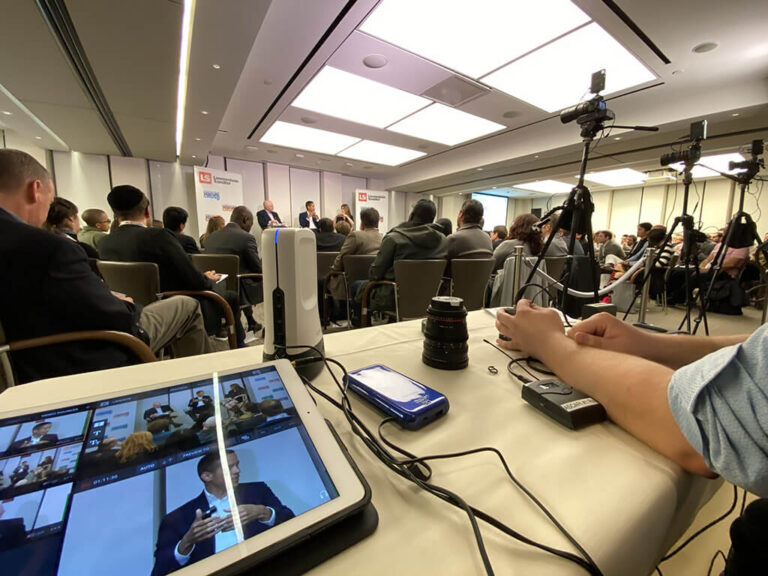The initial phase in video projection on curved areas is to comprehend the geometry of the surface. Curved areas can be intricate, with different degrees of bend. To attain a seamless projection, it is important to build a 3D model of the surface. This model helps in imagining how the footage will appear when cast. Applications tools are accessible that permit users to develop these representations and simulate the display. By accurately aligning the measurements and contours of the area, designers can ensure that the video aligns perfectly without warping.
Once the 3D model is ready, the following phase is to edit the footage content. This includes editing the video to fit the specific form and dimensions of the rounded surface. It is crucial to take into account the angles and sightlines from which the audience will observe the display. The material should be designed to enhance the visual experience, making it engaging and relevant to the concept of the occasion or setup. Using premium graphics and animations can significantly improve the total effect of the projection.
After preparing the content, the real projection procedure begins. This involves setting up the devices at the appropriate angles and distances to ensure that the video aligns with the 3D representation. Adjustment is a crucial part of this procedure. It may require adjusting the brightness, differentiation, and sharpness of the devices to achieve the best outcomes. Additionally, using multiple projectors may be necessary to encompass bigger or more intricate surfaces. This technique, known as edge blending, helps form a continuous image across the whole area.

Ultimately, testing the display is crucial before the conclusive presentation. This allows creators to make any necessary modifications to the footage and device configurations. It is also an chance to see how the audience will experience the display from various viewpoints. By confirming that straight from the source the footage mapping is flawless, designers can provide a stunning aesthetic encounter that leaves a lasting impact. Mastering video projection on rounded surfaces not only enhances creative expression but also opens up new opportunities for storytelling and audience interaction in various settings.